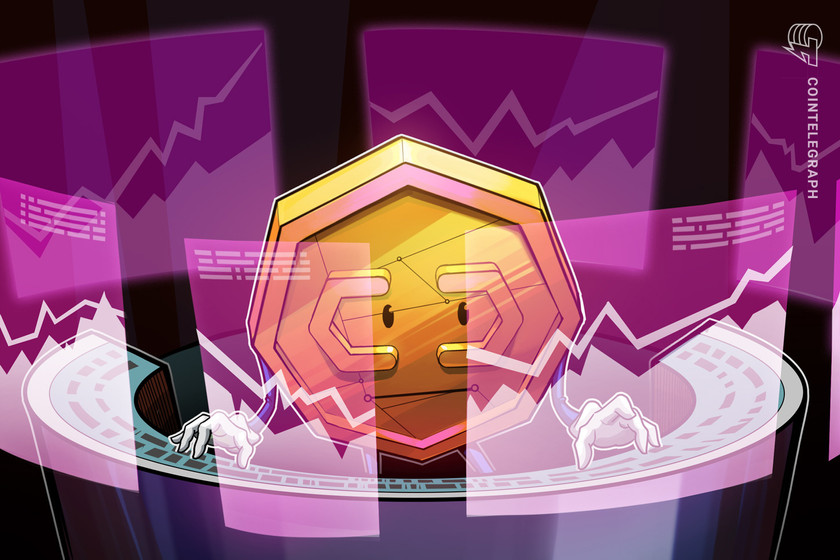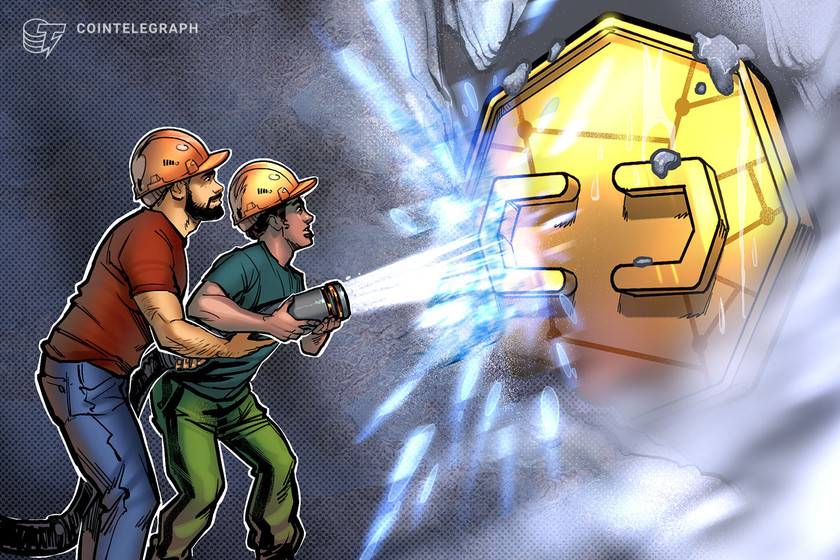Ethereum approaches a new ATH, but derivatives data reflects mixed emotions

Ethereum price appears en-route to a new all-time high, but data shows retail and pro investors are slightly skeptical about the current rally.
Today Ether (ETH) price briefly touched $4,760, exciting investors and reminding the world that the altcoin is a mere 2.2% below the $4,870 all-time high reached 20 days ago. While the spot price action might be intriguing, let’s see what’s happening in Ether’s derivatives markets.

While it is possible to draw a descending channel that shows support at $3,960, today’s 5.4% positive move seems decoupled from Bitcoin’s (BTC) negative performance.
Earlier today, commodities and stocks took a hit after the U.S. Federal Reserve acknowledged that inflation is more than just a “transitory” trend and Fed chair Jerome Powell said that the bank’s relaxed money policies could end sooner than anticipated.
Retail traders are not fully confident
To understand how confident traders are about Ether’s price recovery, one should analyze the perpetual contracts futures data. This instrument is the retail traders’ preferred market because its price tends to track the regular spot markets.
In any futures contract trade, longs (buyers) and shorts (sellers) are matched at all times, but their leverage varies. Consequently, exchanges will charge a funding rate to whichever side demands more leverage, and this fee is paid to the opposing side.

Neutral markets tend to display a 0% to 0.03% positive funding rate which is equivalent to 0.6% per week. This indicates that longs are the ones paying and data shows retail traders have been mostly neutral since Nov. 4 and the last move above 0.07% happened on Oct. 21.
Top traders have reduced their long positions
Exchange-provided data highlights traders’ long-to-short net positioning. By analyzing every client’s position on the spot, perpetual and futures contracts, one can better understand whether professional traders are leaning bullish or bearish.
There are occasional discrepancies in the methodologies between different exchanges, so viewers should monitor changes instead of absolute figures.

Despite Ether’s 17% rally over the past four days, top traders at Huobi and OKEx decreased their longs. This move was even more evident at OKEx because the indicator made a drastic move from favoring bulls by 120% on Nov. 25 to a meager 30% advantage three days later.
Currently, data indicates that whales and arbitrage desks have reduced their long exposure, while retail traders remain suspicious of the recent bull run.
The views and opinions expressed here are solely those of the author and do not necessarily reflect the views of Cointelegraph. Every investment and trading move involves risk. You should conduct your own research when making a decision.






